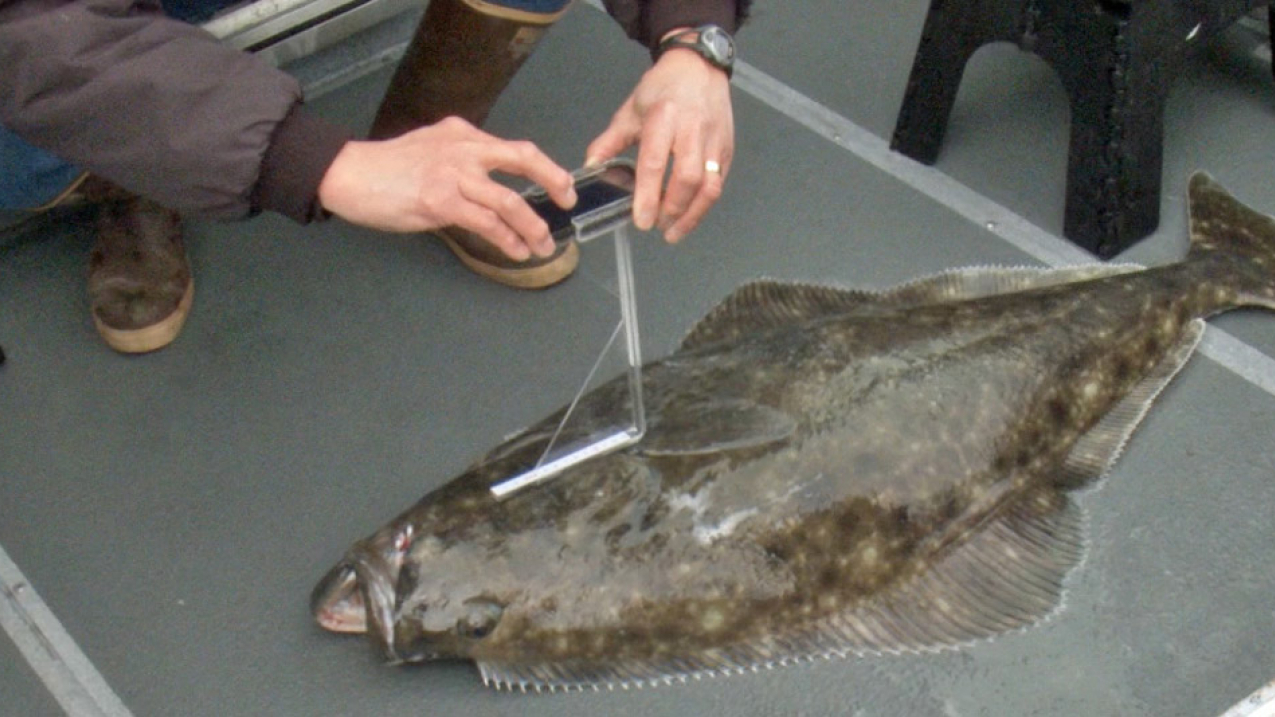Today, NOAA released the Bycatch Reduction Engineering Report to Congress, detailing the agency’s progress in preventing and reducing bycatch through research on technology innovation and fishing practice solutions.

By gathering halibut length and weight data and using smartphone technology, Alaskan recreational fishermen can improve survival for halibut after release (Image credit: NOAA)




